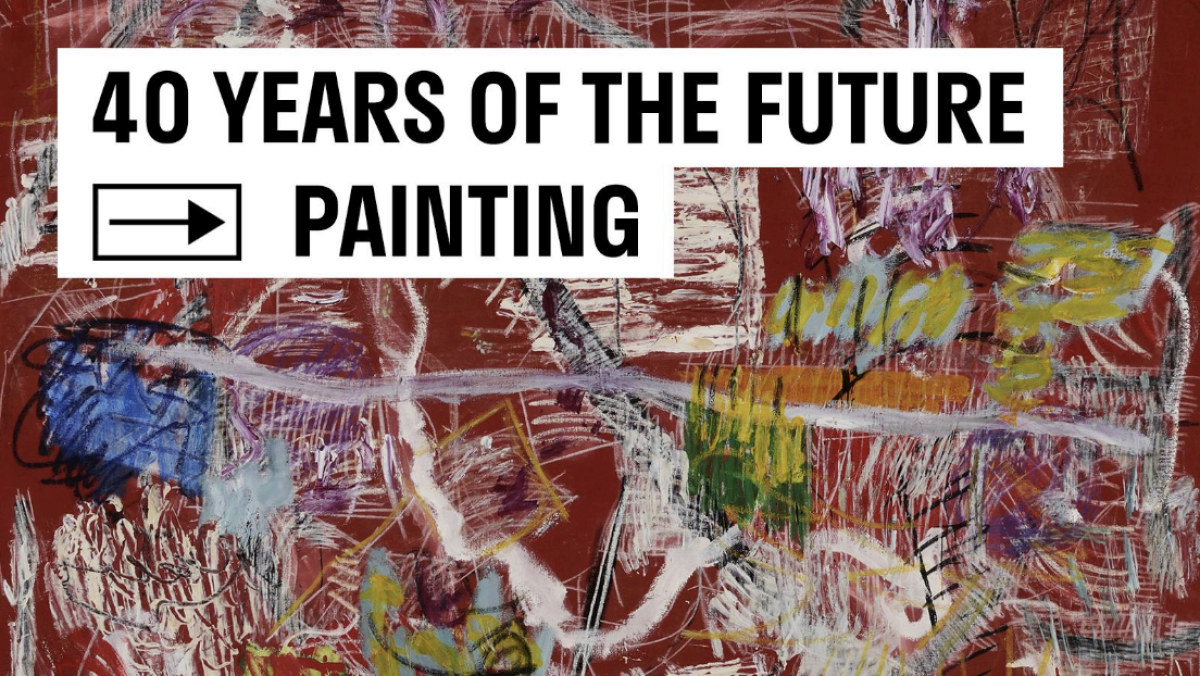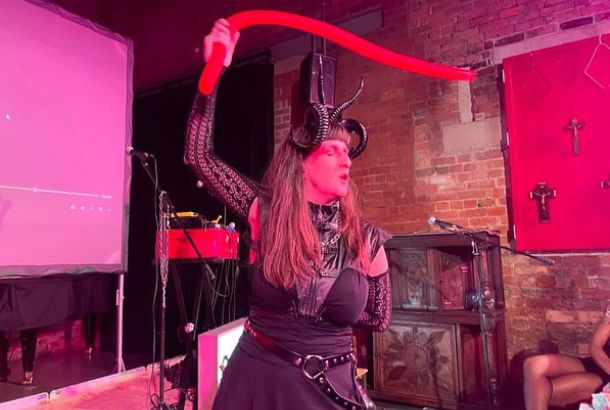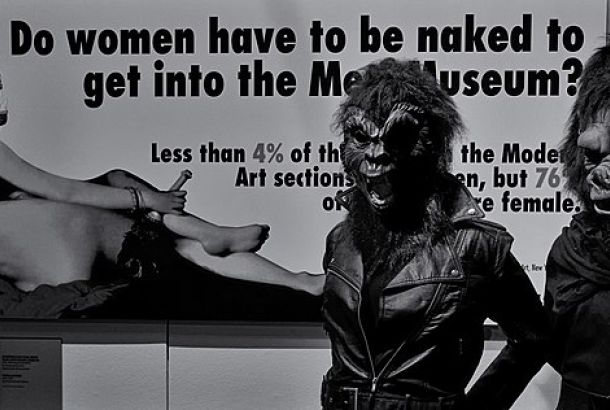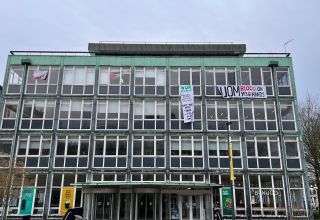40 Years of the Future: Painting abstract exhibition review
By tommymorris

Many of us born after 2000 have trouble imagining a time when abstract painting was radical, having seen – in Architectural Digest, on the screen, in our dreams – so much of it crowding the apartments of the wealthy. Screwing my eyes, I look hard for the second time upon Harvest 6.3.81 (1981), the centrepiece of Manchester’s newest exhibition, and try to be more imaginative. Here was John Hoyland (1934-2011) at the height of his talents, exhibited exactly forty years after his first opening at Castlefield.

Until June 23, 40 Years of the Future: Painting will be on show at Castlefield Gallery, a small, charming viewing hall, just a few yards from Deansgate station. Comprising of a palatable 16 works, the exhibition stages a simple encounter: old against new, 1980s against 2020s, abstract against figurative. Many of the chosen paintings trace a metamorphosis of individual artists: pairs of paintings by Gary Wragg, Tricia Gillman, and Sarah Feinmann were painted at the start and the end of these forty years. Other younger featured artists, such as Katie Tomlinson and Jamie Kirk, are North-West locals, who the gallery promotes as ‘ones to watch’. It seems the principal intended audience, nevertheless, are the veterans of the 1980s scene, come to see Wragg, Gillman, Feinmann and, of course, Harvest 6.3.81.
Sheffield-born master of the abstract, Hoyland is thought by his disciples, to have ushered in a wave of generational change in British contemporary art, particularly by having inspired one Damien Hirst and, by some extension, the remaining procession of ‘Young British Artists’ (YBAs) who led London’s avant-garde in the 1980s. Hoyland’s critics are not so favourable: to The Guardian’s Jonathan Jones, the late artist was nothing but a minor passing, an unmemorable blip in an otherwise dynamic age. Hirst, says Jones, betrays a characteristic ‘lack of insight’ by constantly drawing from—and exhibiting—Hoyland’s works, which he regards as ‘mediocre’ and watered-down imitations of the great Rothkos and Pollocks over the pond.

Visitors must judge for themselves whether there is something washed out in Harvest 6.3.81. Flicking through a catalogue of Hoyland’s late works at Castlefield’s reception—filled with deep burgundies, ultramarines, heavy buckets of paint poured out onto the canvas—it seemed a strange choice, at once infantile and cold. Viewers around me disagreed, seeing thought, depth, and discomfort in the layers of analogous blues. His second feature of the exhibition was inspired by long trips to Bali in the 1990s: Wine Moon 18.9.95 (1995), was a John Hoyland I preferred, bold and measured (though sadly painted, another visitor warned me, after the artist had ‘dropped off a bit’).
The exhibition boasted a number of exclamative inclusions. Another of Castlefield’s 1984 originals, Gary Wragg’s Skid (1982), is visible from the street door. Skid is sprawling, scrawling, written out in madness over a deep red. The leaflet tells us that it captures the ‘here and now’ of modern art (or perhaps the ‘then and there’ of the eighties: Wragg’s painting is unapologetically ‘Basquiat’, whether he knew it or not. It is vibrant and full, and perhaps the best feature of all.).
Tricia Gilman’s paintings are the most diverse: Carambola (1982)—another huge experiment in abstract impressionism, gloriously and overwhelmingly pink—surely cannot be by the same hand as Moments 3 Beneath the Skin, with its scant pencil figures dotted around the canvas (2019). Forty years of change are far more subtle in the case of Sarah Feinmann, whose boxy Outshifts (2023) shares many of the same muddy, grounded browns as its older and much larger precursor Umber Field (1989). In all these works, we are given the rare opportunity of perspective, an eagle-eye view of almost half a century of change.

Finally, viewers are encouraged to pay close attention to the young artists including Jamie Kirk, Azraa Motala, Robin Meganity, and Katie Tomlinson. Each artist has developed distinct ways to think critically about the present. Many of their responses, unsurprisingly, are figurative works, embracing a mode of reality from which their predecessors were keen to escape. Expect confrontations with money, media, violence, diaspora, and space. Their directness, tucked between huge abstract pieces, forces us to consider what purpose such an exhibition should serve.

Yet in a time when exhibitors are pressed to insist on the social currency of art, abstraction fights on for relevance. In Castlefield, it fights honourably: Forty Years of the Future gives an elegant fixture for a generation of British artists who must not be forgotten, for an era that continues to shape our own. Many viewers will relish the opportunity to enjoy, think over, and be near art in quiet simplicity. Others, inevitably, will struggle to shake off the feeling of walking alongside a rich man—maybe Damien Hirst himself—asking us to admire his hallway before walking out for lunch.
40 Years of the Future: Painting, is open for viewing at Castlefield Gallery until June 23, 2024.







